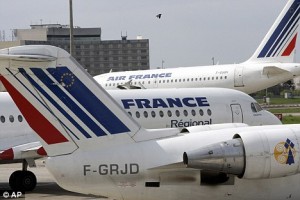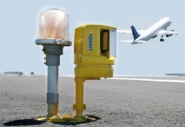
An investigation into last November’s fatal helicopter crash in Glasgow, Scotland has found that both the aircraft’s engines “flamed out” suddenly, causing it to lose power and fall “at a high rate of descent”.
The UK’s Air Accident Investigation Board (AAIB) said it was still unclear why both the engines had cut out, despite weeks of exhaustive examination of the Eurocopter EC135 T2 wreckage.
There was no evidence of any damage or malfunction of the fuel supply and transfer pumps, nor was there any evidence of foreign bodies or blockages, while the engine fuel control units were “found to be serviceable in all respects”.
“There was no evidence of foreign object damage or intake or exhaust blockage in either engine. Also, there were no signs of bearing or lubrication system failure, and the oil system chip detectors were clean and free from metallic particles.”
Ten people were killed when the Eurocopter crashed down onto the Clutha bar in central Glasgow.

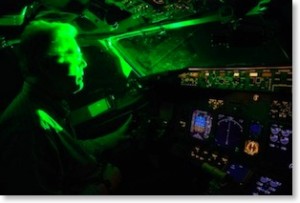 Laser pointers being directed into the cockpits of aircraft are becoming an increasing hazard for pilots as these powerful handheld lasers become more affordable and widespread. There were 3,960 such strikes reported last year, the FAA says. That’s up from 283 in 2005.
Laser pointers being directed into the cockpits of aircraft are becoming an increasing hazard for pilots as these powerful handheld lasers become more affordable and widespread. There were 3,960 such strikes reported last year, the FAA says. That’s up from 283 in 2005.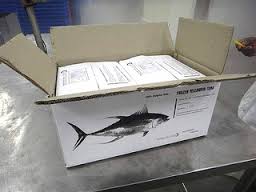
 Despite their renowned wisdom, snowy owls migrating south are mistaking airport runways for safe habitat, putting themselves, and air travelers, at risk. Right now, perhaps the largest ever number of Arctic snowy owls — yes, the type beloved by Harry Potter and friends—are descending on the Northeast and Great Lakes states in one of what may be several waves of arrivals. (Such an influx is called an “irruption,” just for the record.)
Despite their renowned wisdom, snowy owls migrating south are mistaking airport runways for safe habitat, putting themselves, and air travelers, at risk. Right now, perhaps the largest ever number of Arctic snowy owls — yes, the type beloved by Harry Potter and friends—are descending on the Northeast and Great Lakes states in one of what may be several waves of arrivals. (Such an influx is called an “irruption,” just for the record.)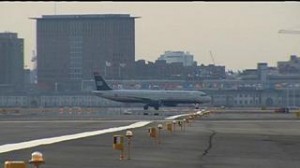 Boston Logan International has become the first airport in the US to use an automated runway FOD detection system. The airport has had the state-of-the-art FODetect system installed, developed by Xsight Systems, that has been sited on runway 09-27, which is the busiest departure runway at Boston Logan.
Boston Logan International has become the first airport in the US to use an automated runway FOD detection system. The airport has had the state-of-the-art FODetect system installed, developed by Xsight Systems, that has been sited on runway 09-27, which is the busiest departure runway at Boston Logan.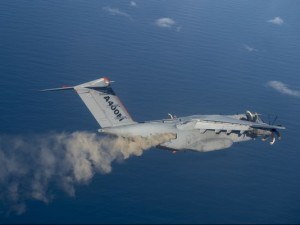 Engineers from Airbus and their customer Easyjet have teamed up to create an artificial ash cloud to test a sensor that could help avoid massive airspace closures after a volcanic eruption.
Engineers from Airbus and their customer Easyjet have teamed up to create an artificial ash cloud to test a sensor that could help avoid massive airspace closures after a volcanic eruption.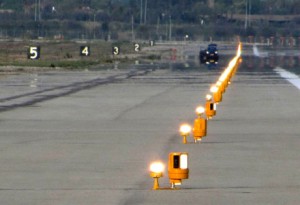 The new FODetect foreign object debris (FOD) detection systems went operational in mid-May at Tel Aviv’s Ben-Gurion International Airport (LLBG). The equipment, developed by Israeli company Xsight Systems, was certified after an evaluation process and soft launch on Ben Gurion’s primary Runway that begun in August of 2012.
The new FODetect foreign object debris (FOD) detection systems went operational in mid-May at Tel Aviv’s Ben-Gurion International Airport (LLBG). The equipment, developed by Israeli company Xsight Systems, was certified after an evaluation process and soft launch on Ben Gurion’s primary Runway that begun in August of 2012.